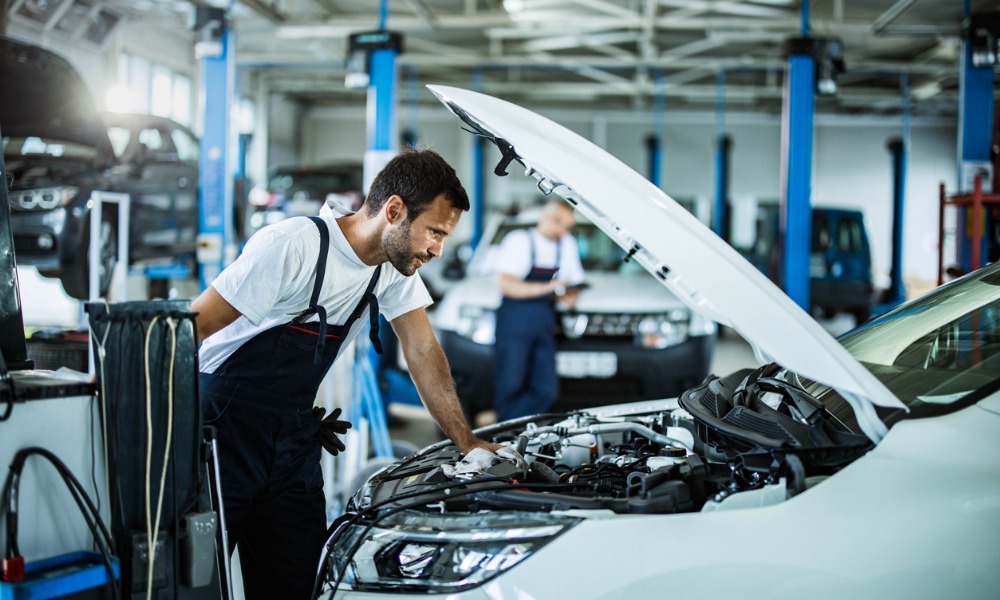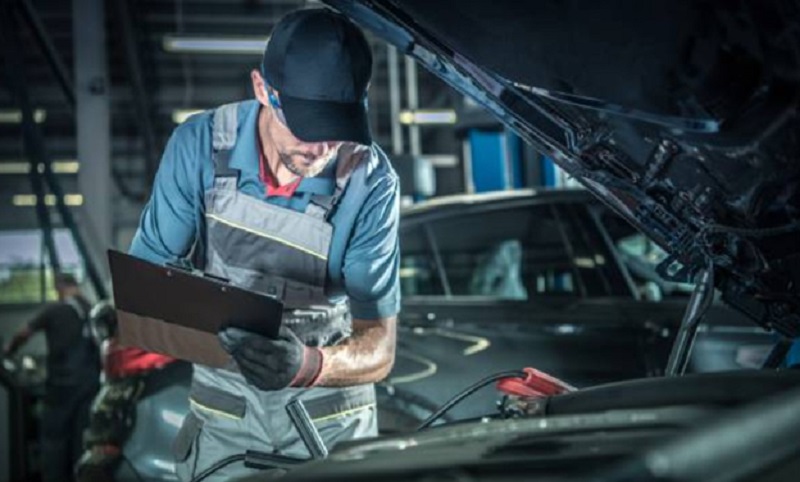From basic vibrating seats to complex systems with many massage techniques and intensity settings, power seat massage features have seen substantial development. Early versions produced vibrations using simple electric motors, giving users a crude massage experience. However, the creation of increasingly complex massage mechanisms has been made possible by developments in materials science and engineering. Pneumatic systems provide a rolling or kneading sensation by using air chambers that sequentially expand and deflate.
Furthermore, for those seeking innovations like these, services specializing in Auto Repair in Flushing, MI, can ensure optimal functionality and performance. The user experience has also been improved by precise control over massage patterns, strength, and duration made possible by developments in microcontrollers and sensor technologies.
Pneumatic Systems: The Science of Air Compression
Advanced power seat massage features are based on pneumatic systems. To target particular muscle areas, these systems use air chambers that are positioned strategically within the seat. Air is pumped into these chambers by an on-board air compressor, which causes them to expand and put pressure on the passenger’s thighs and back. The device may replicate several massage techniques, including rolling, kneading, and pulsating, by manipulating the sequence of inflation and deflation of these chambers. Customised massage routines that can reduce muscle tension, increase circulation, and encourage relaxation are made possible by precise control over air pressure and time.
Actuator Technology: Precision and Targeting
To provide precise and targeted massage therapy, actuator technology is essential. Electrical impulses are transformed into mechanical motion by actuators, which are electromechanical devices. Massage nodes, which are tiny, rounded projections that exert pressure to particular body areas, are moved by actuators in power seat massage systems. The device may provide a very focused and efficient massage by carefully regulating the force and position of these nodes.
Microcontrollers and Software: Orchestrating the Massage Experience
The intricate massaging sequences provided by contemporary power seat systems are orchestrated by microcontrollers and advanced software algorithms. Users can choose from a range of massage programs offered by these systems, each of which is tailored to meet particular requirements and tastes. To guarantee a seamless and well-coordinated experience, the microcontroller controls the massage’s timing, intensity, and pattern. Some systems incorporate sensors that detect body position and pressure, allowing the massage to adapt to the passenger’s posture and anatomy.
Conclusion
Power seat massage features are expected to become much more sophisticated and customised in the future. Researchers are looking at using biofeedback devices to track stress levels and muscular tension in real time. The massage program might be automatically modified using this data to provide individualised therapy based on each occupant’s demands. Furthermore, the system may be able to learn user preferences and anticipate their needs thanks to developments in artificial intelligence and machine learning, resulting in a driving experience that is both individualised and rejuvenating.









